Protect your family from respiratory illnesses. Schedule your immunization here >
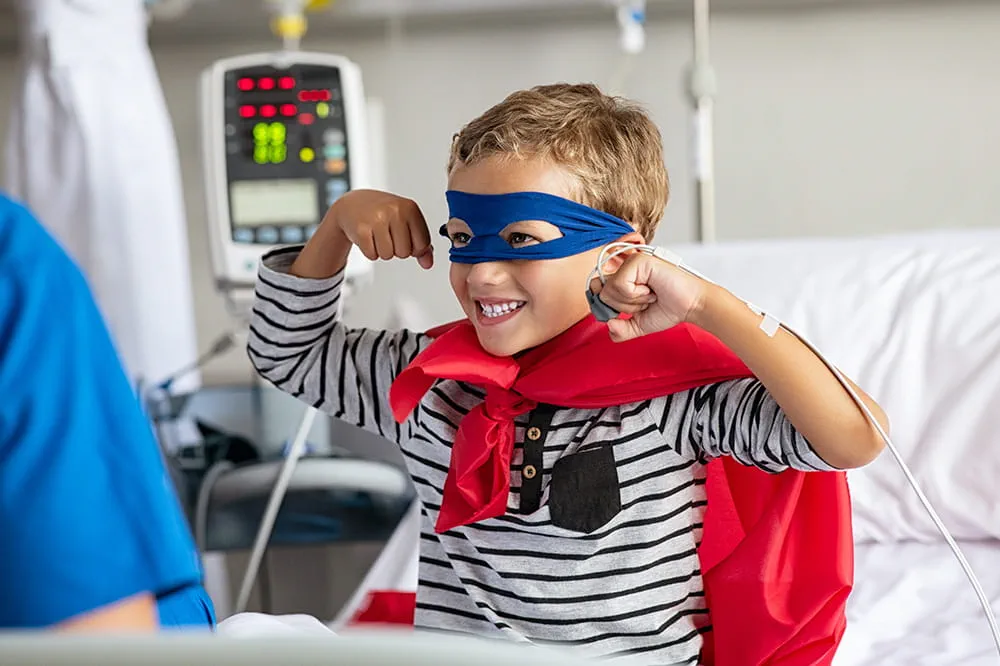
Ranked nationally in pediatric care.
Arkansas Children's provides right-sized care for your child. U.S. News & World Report has ranked Arkansas Children's in seven specialties for 2025-2026.

It's easier than ever to sign up for MyChart.
Sign up online to quickly and easily manage your child's medical information and connect with us whenever you need.
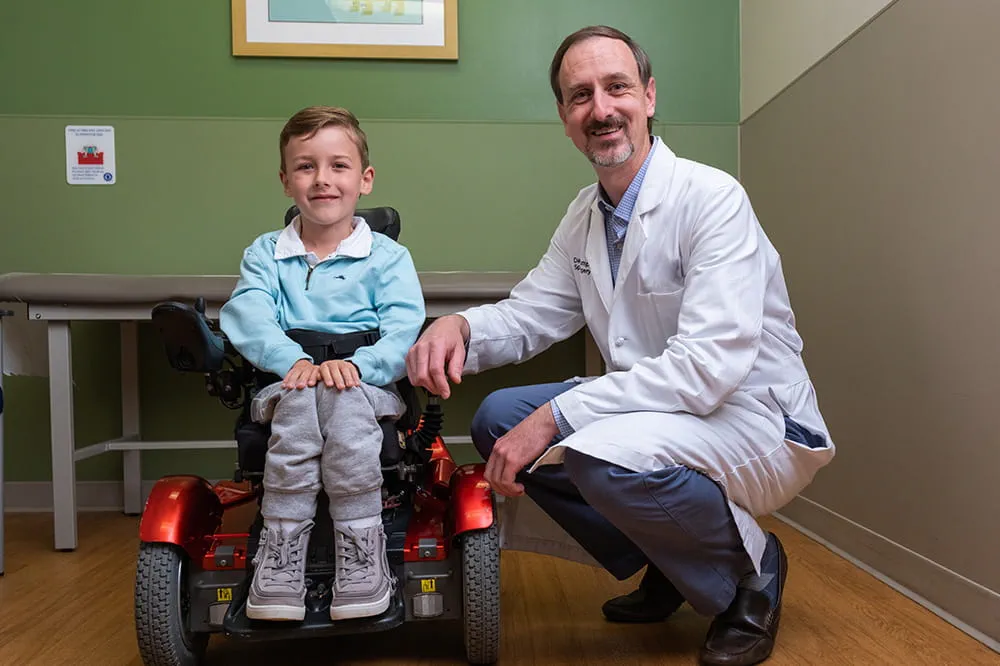
We're focused on improving child health through exceptional patient care, groundbreaking research, continuing education, and outreach and prevention.
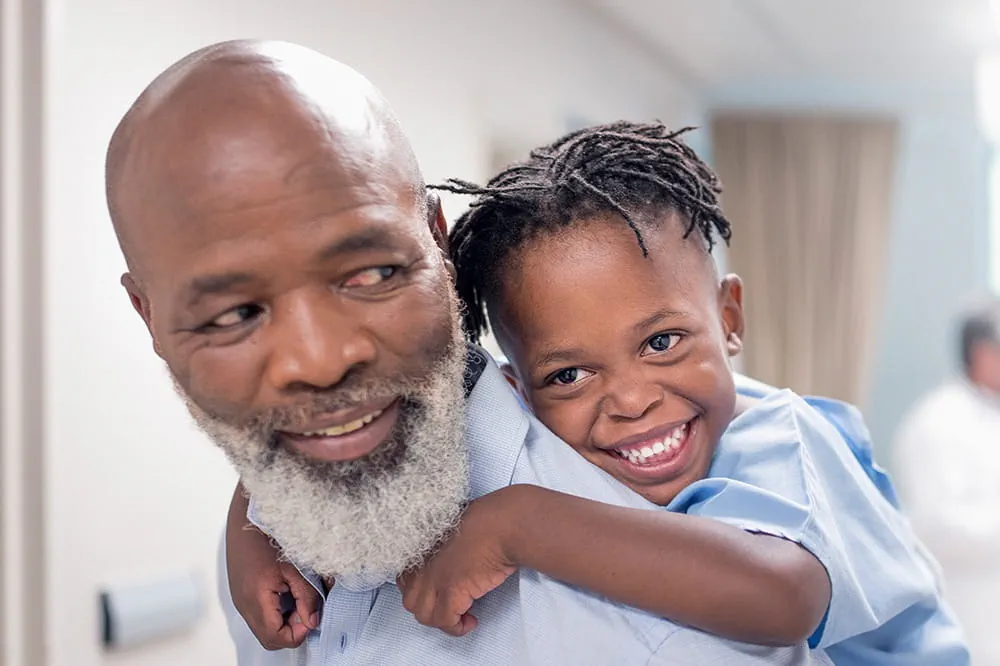
When it comes to your child, every emergency is a big deal.
Our ERs are staffed 24/7 with doctors, nurses and staff who know kids best – all trained to deliver right-sized care for your child in a safe environment.

Arkansas Children's provides right-sized care for your child. U.S. News & World Report has ranked Arkansas Children's in seven specialties for 2025-2026.

Looking for resources for your family?
Find health tips, patient stories, and news you can use to champion children.

Support from the comfort of your home.
Our flu resources and education information help parents and families provide effective care at home.

Children are at the center of everything we do.
We are dedicated to caring for children, allowing us to uniquely shape the landscape of pediatric care in Arkansas.
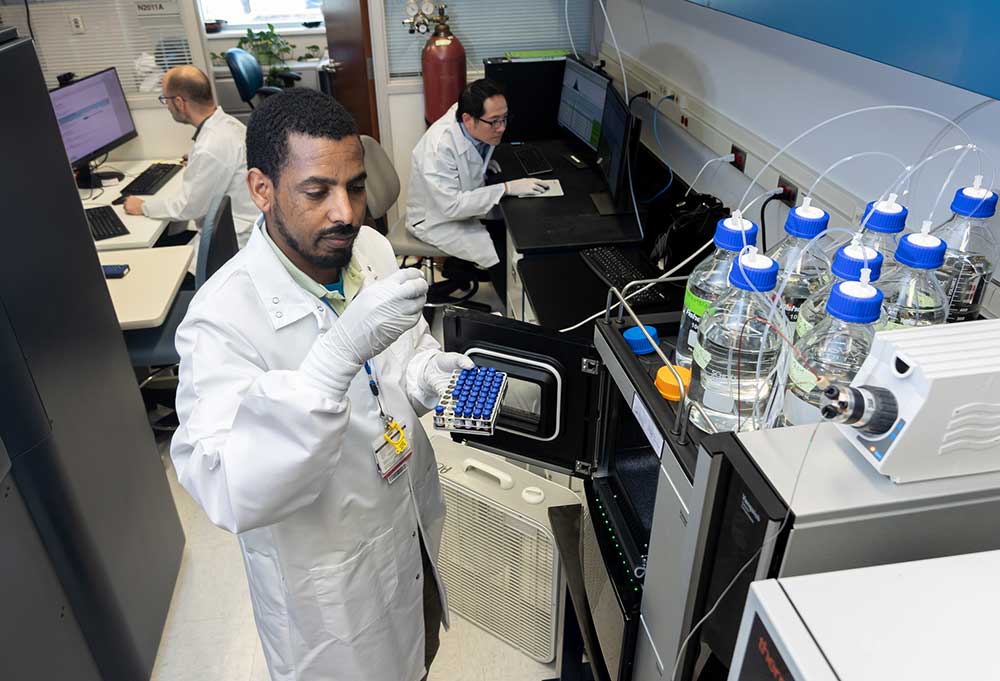
Transforming discovery to care.
Our researchers are driven by their limitless curiosity to discover new and better ways to make these children better today and healthier tomorrow.

We're focused on improving child health through exceptional patient care, groundbreaking research, continuing education, and outreach and prevention.
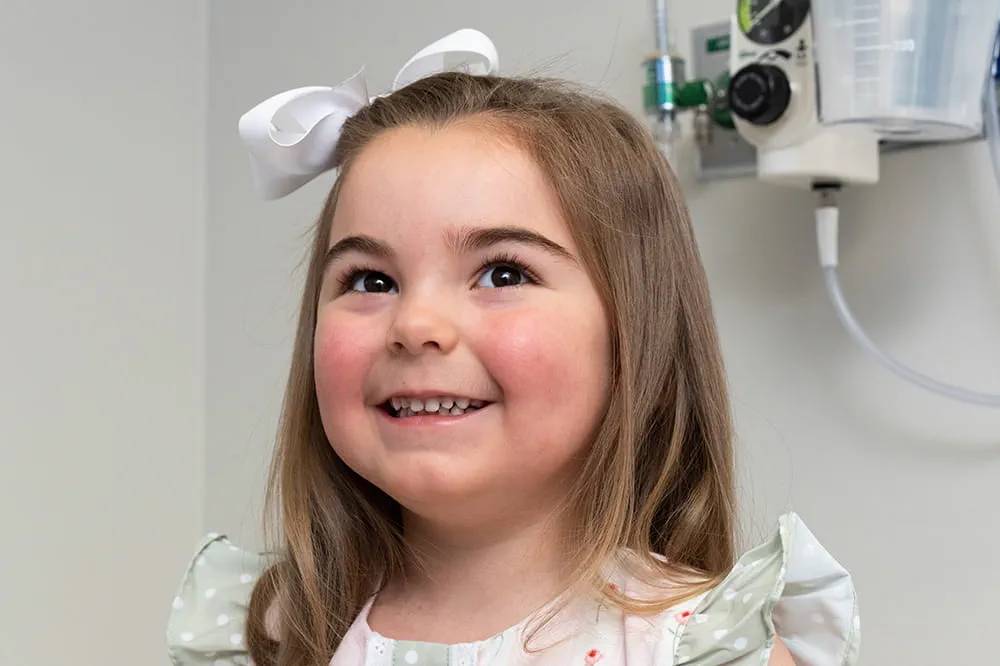
Then we're looking for you! Work at a place where you can change lives...including your own.

When you give to Arkansas Children's, you help deliver on our promise of a better today and a healthier tomorrow for the children of Arkansas and beyond
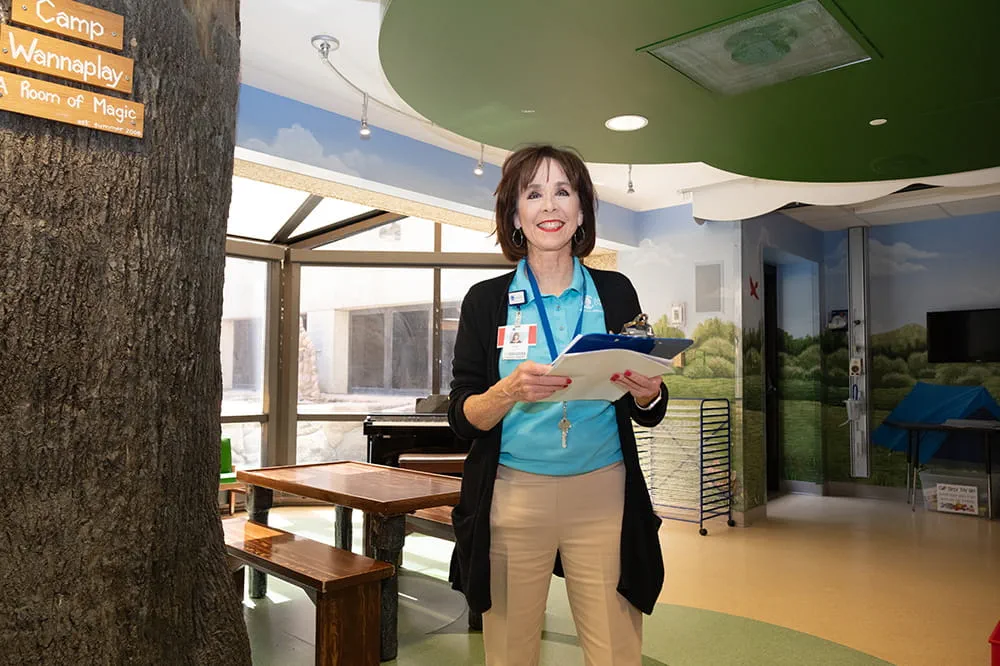
Become a volunteer at Arkansas Children's.
The gift of time is one of the most precious gifts you can give. You can make a difference in the life of a sick child.

Join our Grassroots Organization
Support and participate in this advocacy effort on behalf of Arkansas’ youth and our organization.

Learn How We Transform Discovery to Care
Scientific discoveries lead us to new and better ways to care for children.

Learn How We Transform Discovery to Care
Scientific discoveries lead us to new and better ways to care for children.

Learn How We Transform Discovery to Care
Scientific discoveries lead us to new and better ways to care for children.

Learn How We Transform Discovery to Care
Scientific discoveries lead us to new and better ways to care for children.

Learn How We Transform Discovery to Care
Scientific discoveries lead us to new and better ways to care for children.

Learn How We Transform Discovery to Care
Scientific discoveries lead us to new and better ways to care for children.
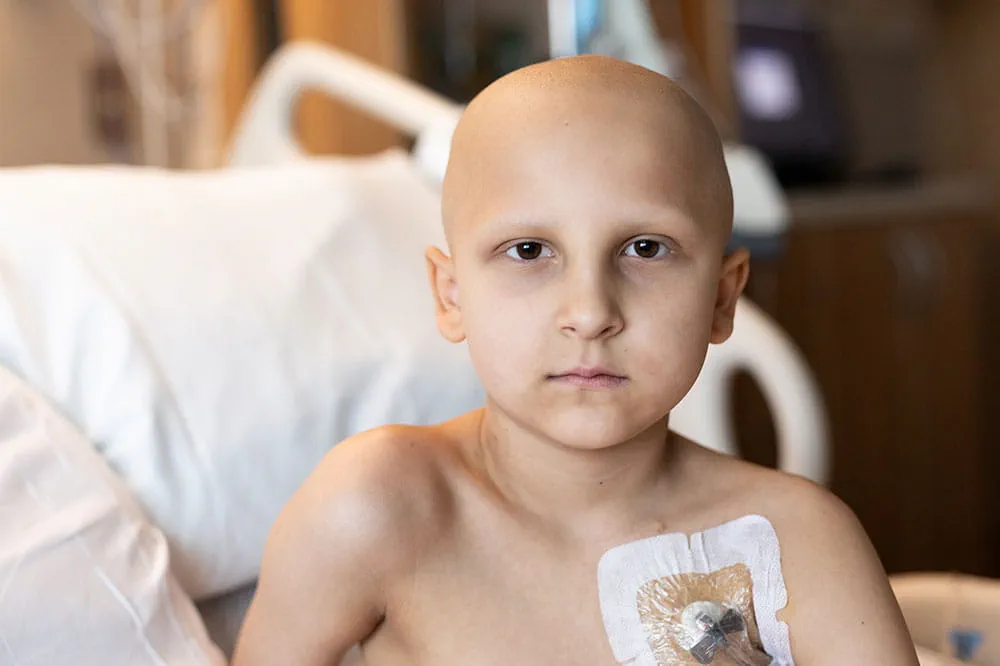
When you give to Arkansas Children’s, you help deliver on our promise of a better today and a healthier tomorrow for the children of Arkansas and beyond.

Your volunteer efforts are very important to Arkansas Children's. Consider additional ways to help our patients and families.
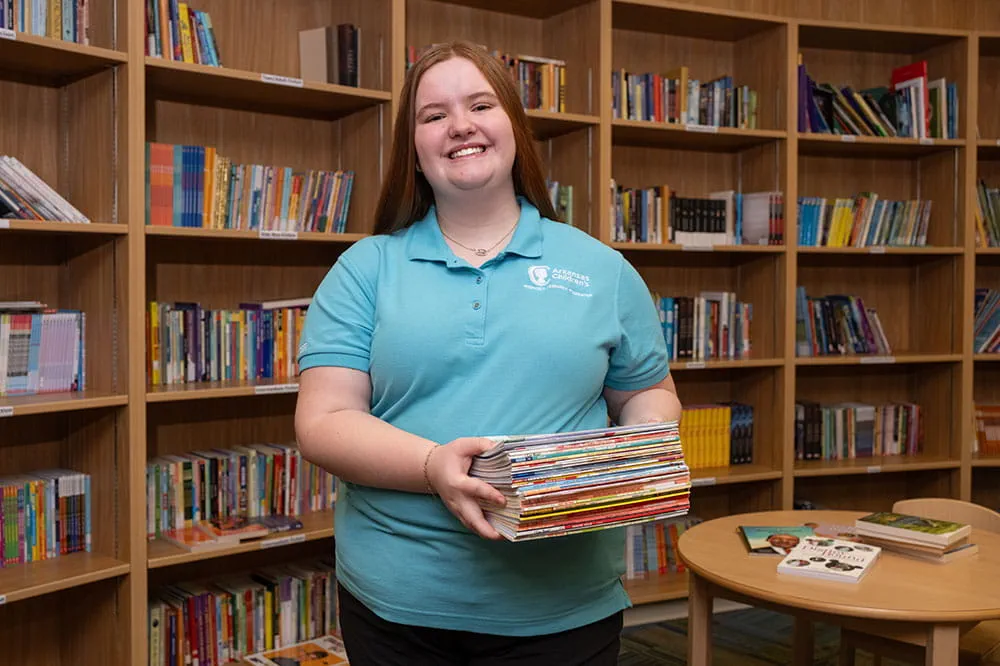
Join one of our volunteer groups.
There are many ways to get involved to champion children statewide.

Make a positive impact on children through philanthropy.
The generosity of our supporters allows Arkansas Children's to deliver on our promise of making children better today and a healthier tomorrow.

Read and watch heart-warming, inspirational stories from the patients of Arkansas Children’s.

Hello.

Arkansas Children's Hospital
General Information 501-364-1100
Arkansas Children's Northwest
General Information 479-725-6800


Confronting Humanity
A Day-in-the-Life of an Arkansas Children's Photographer
Published date: April 21, 2025
Neurology Providers in Focus
It’s noon on a Wednesday in mid-February. John David has been in a clinic room with a teenage patient for over an hour as a physical therapist, then a pulmonologist and then a cardiologist visit the patient. He and the patient “are best friends by that point,” he jokes. The assignment for the morning photo shoot was to capture two Arkansas Children’s pediatric neurologists providing care to two different patients. Parents have granted permission, and the doctors expect him, but sometimes things don’t go as planned. Flexibility is a crucial trait for photographers. “You have to adapt on the fly,” John David says. In this case, adapting means waiting patiently while a teen receives the multidisciplinary care Arkansas Children’s is known for.
Fortunately, John David is adept at making conversation and making others feel at ease. It’s an especially valuable skill in a pediatric hospital, he says. “You’re walking into a room with people who may be having the worst day of their life. You have to build trust quickly.”
John David grew up in a small town in Arkansas and traveled the world when he was a freelance photographer. He can find things in common with nearly anyone. With this patient, he talks about taekwondo, the teen’s new Ford Mustang and the fact that John David grew up playing baseball with the person who is now the high schooler’s superintendent.
The photo shoot takes longer than expected and produces fewer shots than hoped, but after 90 minutes, John David captures a solid set. He leaves with about a dozen meaningful photos of a neurologist interacting with the teen patient.
A Berlin Heart Patient in Focus
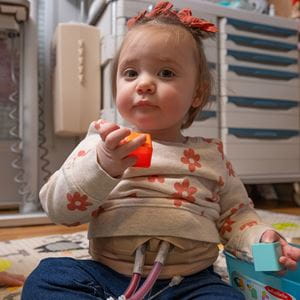 Less than 24 hours after photographing the neurology appointment, John David is back in a patient room. It’s mid-morning on Thursday. This time, the subject is 18-month-old Isla Strozier, a cardiovascular intensive care unit patient awaiting a heart transplant. Isla’s care team has implanted a Berlin Heart – an external ventricular assist device that pumps the blood that her heart cannot.
Less than 24 hours after photographing the neurology appointment, John David is back in a patient room. It’s mid-morning on Thursday. This time, the subject is 18-month-old Isla Strozier, a cardiovascular intensive care unit patient awaiting a heart transplant. Isla’s care team has implanted a Berlin Heart – an external ventricular assist device that pumps the blood that her heart cannot. “With an assignment like this, I have to figure out how to blend science and technology with the human side of care,” John David says. He’s researched the Berlin Heart to understand its basic functions and how it looks on a patient, which helps him plan the camera angles that will allow the viewer to see the little girl and the device keeping her alive. He’s coordinated the visit with one of Isla’s favorite child life specialists.
Arkansas Children’s child life specialists are skilled at helping patients feel comfortable in the hospital through activities and specially designed playtime. The specialists use play to translate complex medical terms and procedures into language young patients can understand and, in this case, to make them feel comfortable with a photographer in the room.
For this event, Isla doesn’t need comforting. She is an exuberant 18-month-old and a total ham for the camera. John David can’t talk Mustangs and baseball with her, so he instantly shifts his energy and tone to bring out Isla’s natural curiosity and joy. He talks to Isla like he did with his daughter when she was a toddler.
Amongst a carefully orchestrated arrangement of cords and wires connected to monitors and the Berlin Heart, the child life specialist helps Isla play the xylophone, creating a disco-like party in which Isla is happy to be the star.
John David adds a tall light stand topped by a flash. Isla is fascinated as it pops with light while John David moves around her hospital bed and play mat. In under half an hour, he takes nearly 100 photos, eventually reducing them to around a dozen of his favorites that he’ll edit for different format needs of his colleagues on the strategic marketing team.
Outside the Shoot
John David’s visual storytelling skills complement the work of a strategic marketing team that includes videographers, medical services marketing specialists, graphic designers, physician liaisons, website creators and writers. Those are his immediate team members, but as the organization’s only full-time photographer, he connects with many others about everything from early morning spinal surgeries to Angel One flights. “I get a lot of photo requests,” he says. “One of 5,000 team members could email me on any given day.” John David then sends them the official request form, which his leadership will review.
Strategic marketing and division of strategy leadership at Arkansas Children’s set the health system’s top content priorities. They determine which requests align with the organization’s needs and best represent Arkansas Children’s core values of safety, teamwork, compassion and excellence.
For John David, prioritizing patient safety means protecting patient privacy. Before he photographs a patient, the parents or guardians must give written consent. Every consent form must be cataloged and stored. Archiving consent forms, scheduling upcoming photo shoots and editing photographs are the administrative tasks that fill the photographer’s time when he’s not taking photos.
Whether he’s capturing the intense focus of a surgeon, the indomitable spirit of a toddler awaiting a heart transplant or the gentle enthusiasm of a child life specialist, John David champions children every day through his photos, which deliver a consistent message: at Arkansas Children’s, you are seen.
Beyond the Clinic - The Power of Photography in Health Care

Are you interested in becoming an Arkansas Children's team member?
Click here to view our current job openings
